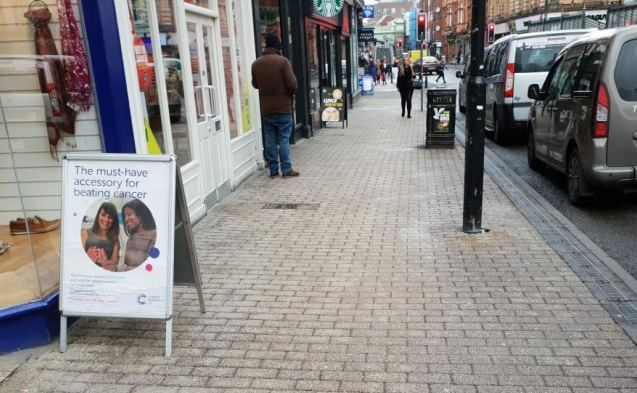
A boards on a public highway
This policy establishes our position with regard to the temporary obstruction of the public highway
This policy establishes our position with regard to the temporary obstruction of the public highway, including footways and verges, by advertising boards (A boards) associated with businesses and other relevant organisations.
We are currently developing a comprehensive policy and process for the licensing and management of all temporary obstructions on the public highway, including A boards.
Recognising a need for clarity in the short term, this interim policy shall remain in place for A boards until the adoption of the comprehensive policy.
The comprehensive policy will cover all matters in full, including details of how we will work with district, town and parish councils and other bodies to manage temporary obstructions.

 Facebook
Facebook Twitter
Twitter Email
Email WhatsApp
WhatsApp Messenger
Messenger